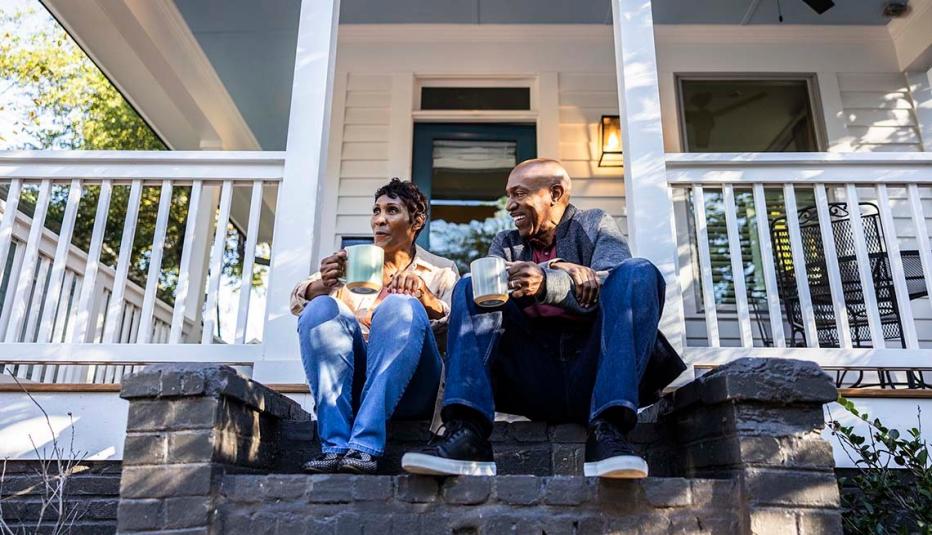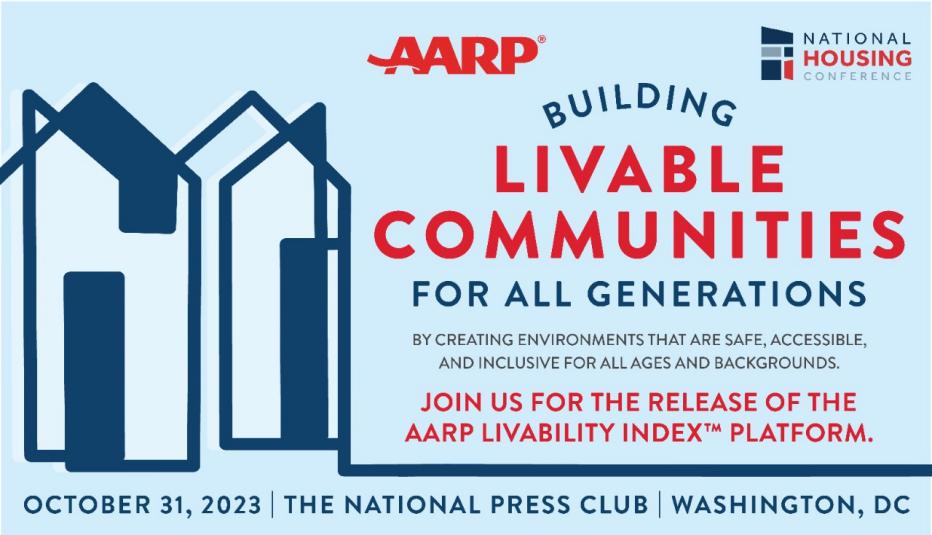AARP Hearing Center


Summary
As America’s population ages, communities that embrace age diversity—where children, working-age adults, and older adults live and interact together—are proving to be more resilient, inclusive, and economically vibrant. This Fact Sheet from The AARP Public Policy Institute uses data from The AARP Livability Index™ platform to explore how age diversity contributes to economic opportunity and upward mobility in US communities, while highlighting the added value of intentional efforts to strengthen intergenerational engagement. Read the full report.
Key Takeaways
- “Multiage” communities include people from a wide range of age groups, from children to adults ages 65 and older.
- The number of Americans ages 65 and older is projected to rise from 61 million in 2024 to 82 million by 2050.
- Communities with the greater age diversity tend to be more inclusive, less socially isolating, and more affordable for a broader range of residents.
- Multiage communities that actively support intergenerational connection can lead to greater social cohesion, less ageism, and better physical and mental health for both older adults and young people.
- Age diversity is one of the metrics used to evaluate economic opportunity in the AARP Livability Index™ platform, alongside job availability, school quality, and income distribution.
- Programs that link older adults with youth—like mentoring, shared learning spaces, and community projects—enhance well-being for all. Cities like San Jose, CA, and Coral Springs, FL, are leading the way with innovative age-friendly initiatives that strengthen community ties.
Some text elements of this page were created with AI assistance and have been reviewed and edited for accuracy by staff.


































































